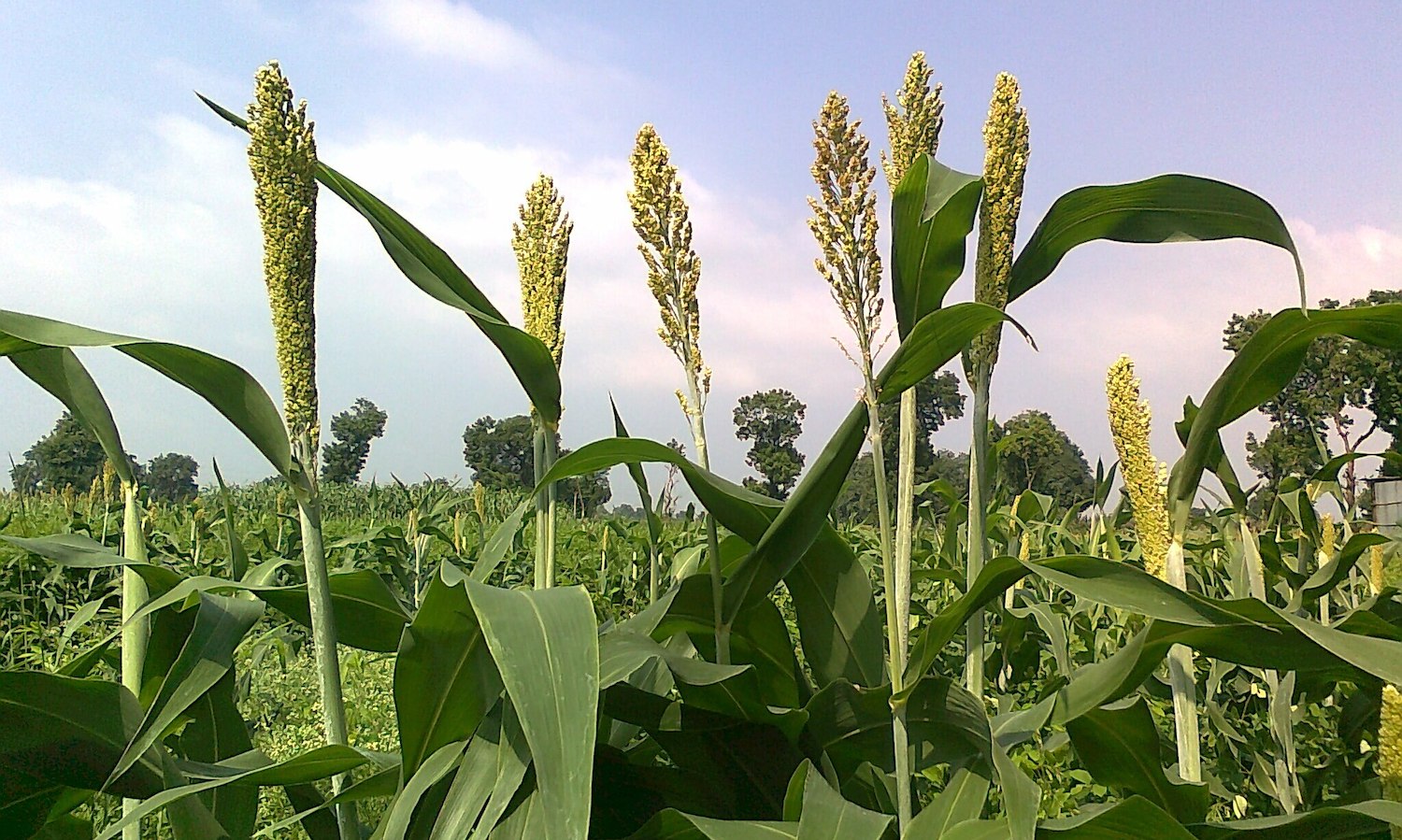Sustainable, exceptional ingredients are the cornerstone of great food. And healthy, quality soil is the key to unlocking the finest ingredients.
As a born and raised Nebraskan, I grew up understanding the impact that agriculture has on our state—and our stomachs.
I started understanding the crucial impact of regenerative agriculture practices on the food I serve to my customers and the food served to the world once I became a chef and business owner.
Agriculture is critical to our state’s resilience, our economic footprint on the world and the food chain overall. The agricultural industry makes up one in four jobs in the state. Experts say that what happens in Nebraska affects food production globally, all due to the dependence on products from right in our backyard.
The world is fed by Nebraskans—that makes me proud.
It’s why I chose to open my business, Goldenrod Pastries, in Lincoln. I grew up immersed in our rich agricultural history and continue to instill that same pride through my business, and by raising a family here myself.
Goldenrod is a labor of love—an ode to women’s empowerment, inclusive baking and prioritizing sustainably sourced ingredients for the food we eat every day.
When looking for farms to source ingredients for Goldenrod, we look for good stewards of the land. We work with Common Good Farms, a Nebraska business and biodynamic farm that treats plants as living things.
I lead a dietary-conscious business that produces gluten-free and dairy-free baked goods, and I look for alternatives to wheat flour, which is how I found sorghum flour.
Sorghum flour has local roots, as the crop sorghum is grown and harvested at farms all across the Great Plains. These farms use regenerative agriculture practices to produce successful yields of sorghum, a crop that can diversify typical crop rotations and provide some of the same soil health benefits of cover crops.
Cover crops are planted to protect and enhance the soil, rather than for the purpose of being harvested. Sorghum is just one example of crops that add diversity back to the landscape, like cover crops do—and I’d argue it’s the best crop for making the tastiest cookie.
To highlight the incredible uses of cover crops and other regenerative agricultural practices, chefs and farmers alike can come together, as a number of us do through the Natural Resources Defense Council’s Chefs for Healthy Soil initiative. Chefs have an important, and often overlooked, role to play within the world’s food supply. Whenever a chef and their team buy produce, they are actively making a choice about the agricultural practices they are supporting, whether they realize it.
Chefs have the power to steer the conversation, as well as farmers’ practices, toward regenerative agriculture that gives back to the Earth and yields more nutritious, tastier food.
Farmers across the country, and especially here in Nebraska, are already using regenerative agriculture practices like cover crops to yield high-quality products. According to the 2017 Center for Regenerative Agriculture report, Nebraska is one of the top states in the country for cover crop acreage on U.S. farmland.
Nebraskans know that support for regenerative agriculture brings people together across political lines, but others may not. For years, the state has led the charge on the use of cover crops, and it is time for the rest of the country to do the same.
Lawmakers from both parties support the Conservation Opportunity and Voluntary Environment Resilience (COVER) Act as part of this year’s reauthorization of the farm bill, slated for a decision this fall.
The COVER Act will grant farmers who plant cover crops a US$5-per-acre savings off their crop insurance bills. This savings would provide a much-needed reprieve for those who care about supporting regenerative agriculture but may not have the financial resources to do so. Cover crops can cost as much as US$37 an acre to plant, so this modest incentive will help give growers the ability to do the right thing for soil, the planet, and ultimately the people.
Food plays such a critical role in our lives. We value the opportunities we get to sit around a table and eat delicious meals with our loved ones—so isn’t it time we value the practices ensuring the health, sustainability (and taste!) of the thing keeping us all alive and well every day?
Articles like the one you just read are made possible through the generosity of Food Tank members. Can we please count on you to be part of our growing movement? Become a member today by clicking here.
Photo courtesy of Abjijeet, Wikimedia Commons











